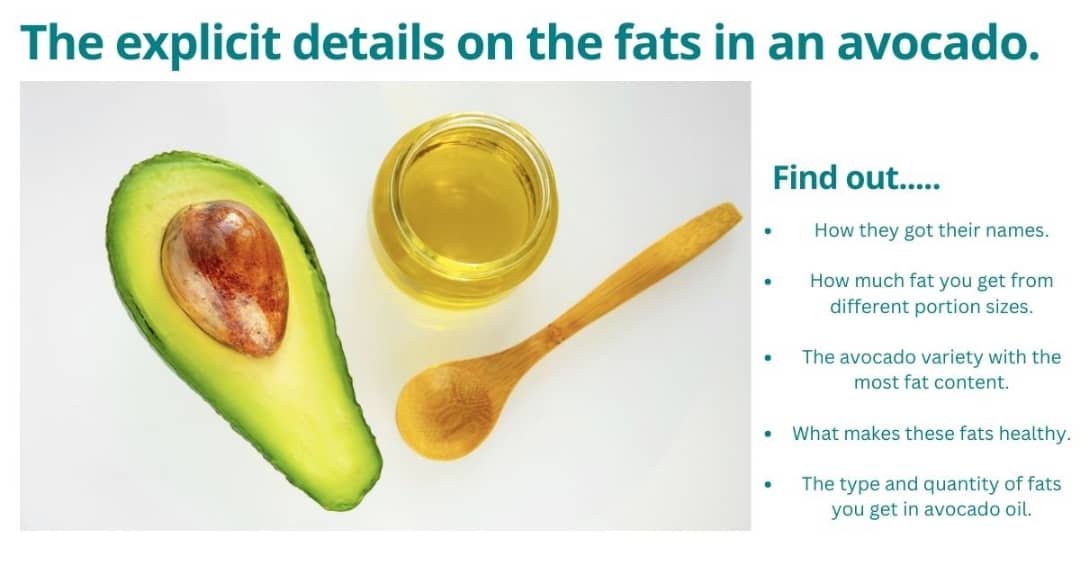
Table of Contents
Avocados are one of the highest sources of plant-based fats and as a result, are loaded with calories. One whole avocado fruit that weighs 150g contains about 22g of total fat. This represents about 14.67% fat content for whole fruit. About 80% of the fat content is unsaturated which are good fats.
The rich content of healthy fats in addition to having no cholesterol, according to the Harvard School of Public Health (HSPH), is what makes the avocado a heart-friendly fruit. A study published in the Journal of the National Library of Medicine has shown they are useful in weight management and healthy aging.1
Avocados, no matter the type, generally contain more fats than carbs and therefore meet the demand for low-carb diets for diabetics as published by the Harvard School of Public Health (HSPH).
How much fat is in an avocado?
The amount of fat you get from your avocado depends on two factors:
- The variety: The California Hass and Florida varieties have slightly different fat contents.
- The quantity or serving size: The higher the amount of the fruit under consideration, the more fat you’ll get from it. For instance, you’ll get more fat from one whole fruit than from eating half an avocado. Below is a table of the fats you get in an avocado based on the quantity or serving size.
| Quantity or serving size | Amount of fat content |
|---|---|
| 100g. | 14.7g |
| 1 whole fruit(150g). | 22g |
| A cup of 230g. | 33.7g |
| A cup of 150g | 22g |
| 1 slice of 15g. | 2.2g |
| A serving size of 30g. | 4.4g |
From the table you’ll notice once you know the amount of fat in a serving size, you could easily estimate the amount of fat you’ll get from other quantities of the fruit by a simple calculation.
For instance, if one whole fruit of 150g contains 22g of fat, a slice of 15g(1/10th of whole fruit) will contain 22g ÷ 10 = 2.2g.
Fats in half an avocado.
From Table 1 above, we can see that there is 22g of fat in one whole avocado fruit of 150g. By very simple arithmetic you’ll expect half of whole fruit to contain half the amount of fat you get from the whole fruit.
So the amount of fat you’ll get from half an avocado weighing 75g(150g ÷ 2) will be 22g ÷ 2 = 11g. In order words, by eating half the whole fruit you stand to get 11g of fat of which nearly 80% are unsaturated fatty acids your body needs.
What kind of fats are in an avocado?
Fatty acids are long-chain hydrocarbons with a methyl group at one end. This is known as the Omega end or n-end (this end is further used for their differentiation as we’ll see later). On the other end is the fatty acid group. Avocado contains two main kinds of fatty acids in different proportions. They are:
Saturated fats.
These are the bad fats that increase your risk of coronary heart disease among others. They are saturated because they have no double carbon-to-carbon bonds in their molecular structure. The good news is these bad fats make up only about 14.55% of the total fat content in an avocado fruit with 22g total fats. You may want to see a table of how they stack up in comparison to each other in another of our articles.
Unsaturated fats.
These are good fats and as mentioned earlier, make up about 80% of the total fat content in an avocado. They are unsaturated because they have at least a double carbon-to-carbon bond in their molecular structure. You’ll find two types of unsaturated fats in any avocado:
Keep in touch by signing up for our newsletter:
Monounsaturated fats (MUFA).
These have one double carbon-to-carbon bond in their molecular structure. They make up most of the fat content in avocados and have numerous health benefits. While it is believed they may not affect cholesterol levels, or not as much as the Polyunsaturated fatty acids, a study published in the Journal of the American Dietetic Association, suggests they can lower cholesterol levels or low-density lipoproteins in the body just as much as polyunsaturated fatty acids.2
The monounsaturated fatty acids intake in the US is believed to make up about 13% – 14% of total energy intake and substituting it for saturated fatty acids in your diet significantly reduces the risk of cerebrovascular diseases(CVD), according to the Journal of The American Heart Association (AHA).3
Polyunsaturated fats (PUFA).
They are known to have multiple carbon-to-carbon double bonds in their molecular structure but are not as well represented in an avocado as the monounsaturated fats. They are in the least amount among the types of fatty acids found in avocados. A study published in the Journal of The American Heart Association has found they could reduce total cholesterol levels by half as much as the saturated fatty acids could raise them.
There are two types of Polyunsaturated fatty acids depending on the position of the double bond about the Methyl end of the carbon-to-carbon chain.
N-3 or Omega-3 Polyunsaturated fatty acids.
These have a double bond on the 3rd carbon atom away from the methyl end of the carbon-carbon chain.
N-6 or Omega-6 Polyunsaturated fatty acids.
As the name suggests, they have the double carbon-carbon bond on the 6th carbon atom away from the omega or methyl end of the hydrocarbon chain. They are believed to be responsible for about 5.3% of energy in adults according to the British Nutrition Foundation (BNF).4
What percentage of fat is in an avocado?
An avocado weighing 150g contains over 70% water and approximately 15% fat (specifically 14.67% fat) which is about 22g in total fats. The fat content of 15% is shared among its various kinds of fat as shown in the table below.
| Fatty acids | Percentage of the total fat content |
|---|---|
| Saturated fats | 21.3% |
| Monounsaturated fats | 66.82% |
| Polyunsaturated fats | 12.41% |
If you have a whole avocado fruit weighing 150g, in hand, and wondering how much of the entire fruit is saturated, monounsaturated, and polyunsaturated fats, table 3 below gives you the figures you want to know.
| Fatty acids | Percentage of the entire fruit |
|---|---|
| Total fats | 14.67% |
| Saturated fats. | 2.1% |
| Monounsaturated fats | 9.19% |
| Polyunsaturated fats | 1.82% |
Which avocado has more fat?
Of the two main types of avocados commonly eaten in the US one turns out creamier and richer in taste for a reason. We are talking about the:
- California Hass avocados, and
- Florida avocados.
Though the nutrient composition of these two avocado types is similar, the California Hass variety has been found to have slightly more fat content than an equal portion of the Florida variety according to the American Institute for Cancer Research.
The Florida avocados are often dubbed ‘lite’ because of their lower fat content in comparison to the California type.
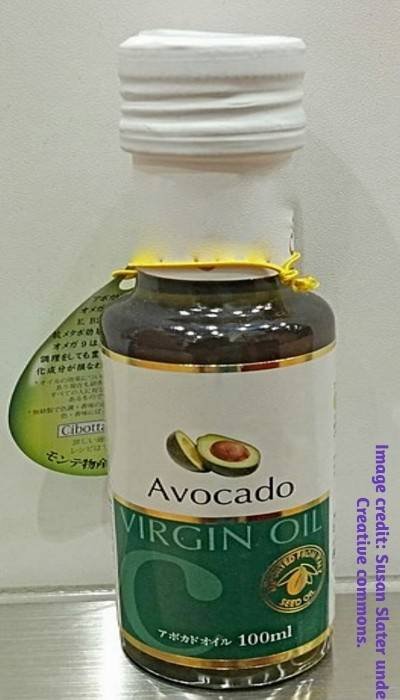
What fats are in avocado oil?
Avocado oils contain all the types of fats you get from eating fruit but in much higher quantities. The oil consists of:
- 71% monounsaturated fatty acids(MUFA),
- 13% polyunsaturated fatty acids(PUFA), and
- 16% saturated fatty acids(SFA).
Little wonder it’s such a sort of after oil as it helps to maintain healthy levels of blood lipids, heart health, and absorption of fat-soluble vitamins among other benefits as published by the National Institute of Health (NIH).5
Table 4 compares the percentage of fatty acids in avocado oil with avocado fruit.
| Fatty acids | Percentage in avocado oil | Percentage in a whole fruit |
|---|---|---|
| Saturated fats | 16% | 2.1% |
| Monounsaturated fats | 71% | 9.19% |
| Polyunsaturated fats | 13% | 1.82% |
From the table, you’ll find you get more healthy fats from avocado oils than from eating fruits. However, the problem with obtaining the oil is that most of the ones in the market are adulterated. On the other hand, no one has yet figured out how to adulterate the ones you get directly by eating the fruit.
You may also want to know when your avocado has gone bad or the best ways of ripening it fast when you need it urgently.
References
- Dreher, M. L., & Davenport, A. J. (2013). Hass Avocado Composition and Potential Health Effects. Critical Reviews in Food Science and Nutrition, 53(7), 738-750. https://doi.org/10.1080/10408398.2011.556759 ↩︎
- Mattson, F. H. (1989). A changing role for dietary monounsaturated fatty acids. Journal of the American Dietetic Association, 89(3), 387-391. https://doi.org/10.1016/S0002-8223(21)02129-5 ↩︎
- Penny M. Kris-Etherton. (1999). Monounsaturated Fatty Acids and Risk of Cardiovascular Disease. Circulation, Journal of the American Heart Association. Vol. 100, No. 11. https://doi.org/10.1161/01.CIR.100.11.1253 ↩︎
- Lunn, J., & Theobald, H. E. (2006). The health effects of dietary unsaturated fatty acids. Nutrition Bulletin, 31(3), 178-224. https://doi.org/10.1111/j.1467-3010.2006.00571.x ↩︎
- Dreher, M. L., & Davenport, A. J. (2013). Hass Avocado Composition and Potential Health Effects. Critical Reviews in Food Science and Nutrition, 53(7), 738-750. https://doi.org/10.1080/10408398.2011.556759 ↩︎

























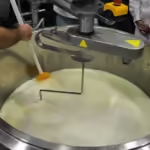


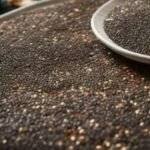
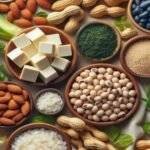
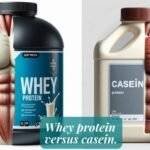








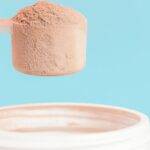


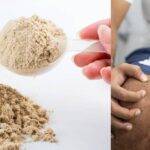












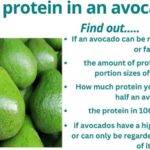
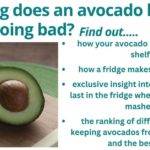



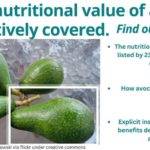
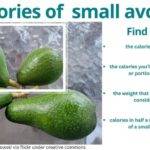
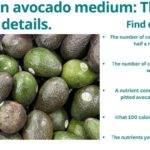
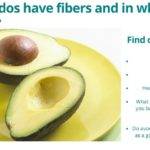
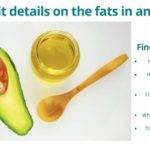

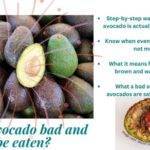












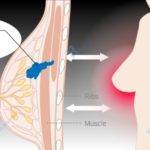

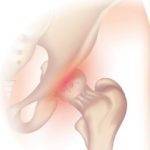








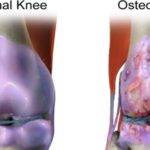






















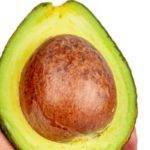
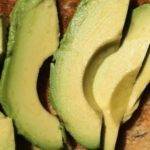


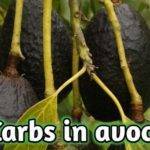







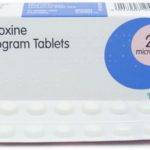


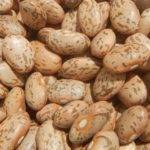
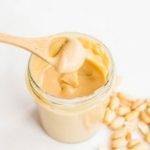








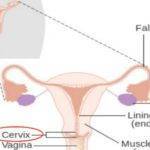


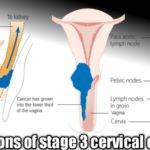













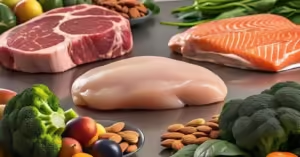



Well, I definitely enjoyed reading this. The information you gave is very helpful.